I don’t know whether Bruce Bailey, a proud Northamptonshire man, agrees with the late Sir Nikolaus Pevsner that no one would visit his county for its landscape. In the introduction to the first edition of this architectural guide, published in 1961, Pevsner wrote that although Northamptonshire bordered on more counties than any other in England (nine in all), it lacked ‘any of the memorable scenic qualities one may connect with some of them’. ‘Its beauty spots are few,’ he said. ‘There is no coast, nor a spectacular range of hills.’
Pevsner was, of course, German-born and therefore perhaps of the German romantic view that landscape without rocks and peaks and waterfalls is not really worth bothering with. But in my opinion, parts of Northamptonshire — around Fawsley or Canons Ashby, for example — are as lovely in a serene, gentle English way as anywhere else in the country. But if Bailey, the author of this revised edition, is of the same opinion, he is not letting on; for he says in his foreword: ‘I am very conscious that this is Pevsner’s Northamptonshire and where possible I have tried to keep his words intact.’
Most of Bailey’s rewriting has been in the descriptions of country houses, with which, he thinks, Pevsner was ‘less at home’ than with parish churches; and also in those of the towns, all of which have been dramatically redeveloped in the last half century, often to devastating effect. Northampton, following the wrecking of the old Market Square and its surrounding streets, is now a shadow of its former self.
However, as Pevsner himself pointed out, the ‘county of squires and spires’, as it is known, has been since the second half of the 16th century ‘the architecturally most important county in England’, and ‘the history of domestic architecture in England from 1560 to 1700 could be written with Northamptonshire examples alone’. It is in this area of domestic architecture and of the great country houses in which the county abounds that Bailey, a learned archivist who worked with Pevsner on the original volume, makes his greatest contribution.
Pevsner’s achievement in visiting and writing about every building of architectural importance in England was breathtaking, but he tended to be a little dry and academic in his descriptions. Bailey, without lowering the tone, is more expansive and easier to read, and he tells us much more about the families and craftsmen responsible for these buildings than Pevsner had the space to do. The first edition of Northamptonshire had 510 small pages, the second edition of 1973 (though omitting 60 pages because of the intervening loss by Northamptonshire of Peterborough to Huntingdonshire) had 530 pages. But this new edition is not only in a much larger format but has 757 pages.
So Bailey has had room not only to correct earlier errors and incorporate new research but also to digress when he feels like it. He is less reticent than Pevsner in the use of superlatives — Hawksmoor’s Easton Neston is ‘without doubt, architecturally the finest and grandest house in Northamptonshire’, Sir Thomas Tresham’s extraordinary 16th-century Triangular Lodge at Rushton, allegorising the Trinity, ‘an enchanting little building’ (both phrases added by Bailey to Pevsner’s text).
He also wrestles at some length with questions of attribution, especially to Inigo Jones, who seems to have hung about Northamptonshire in a shadowy sort of way, perhaps building things and perhaps not. Bailey can’t know for sure, but he believes ‘with some certainty’ that Jones did not design the Screen at Castle Ashby, as used to be thought, but he tends towards the view (though with somewhat less certainty) that he did build the pavilions at Stoke Park. And for this I thank him, because Stoke Park is my home.
Got something to add? Join the discussion and comment below.
Get 10 issues for just $10
Subscribe to The Spectator Australia today for the next 10 magazine issues, plus full online access, for just $10.
Available from the Spectator Bookshop, £30.00. Tel: 08430 600033
You might disagree with half of it, but you’ll enjoy reading all of it. Try your first month for free, then just $2 a week for the remainder of your first year.


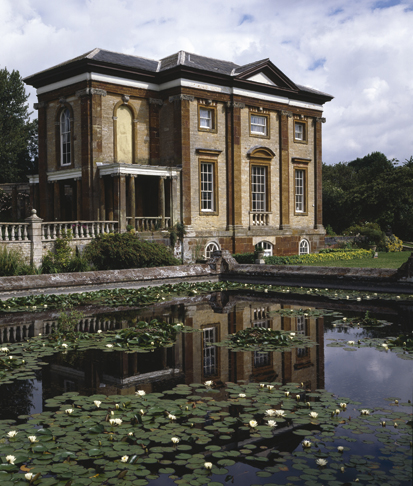

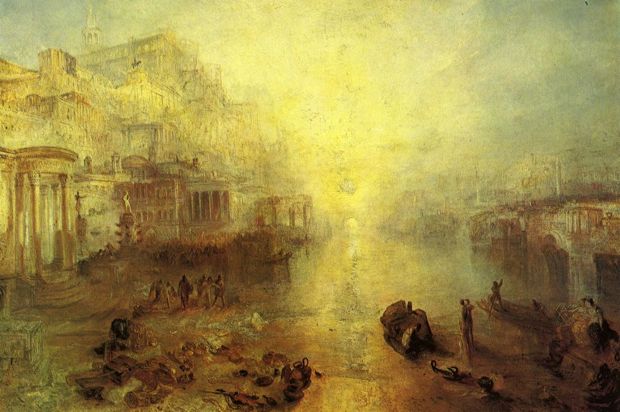
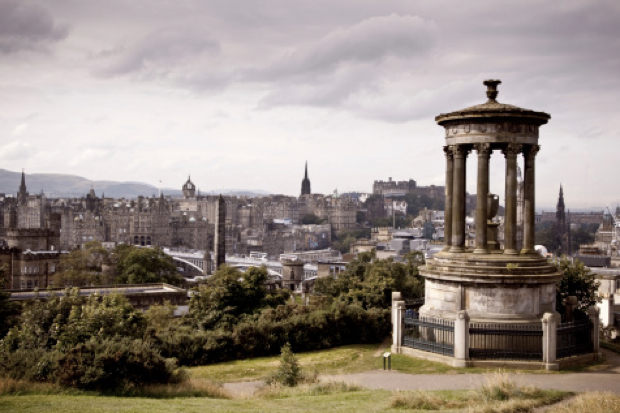
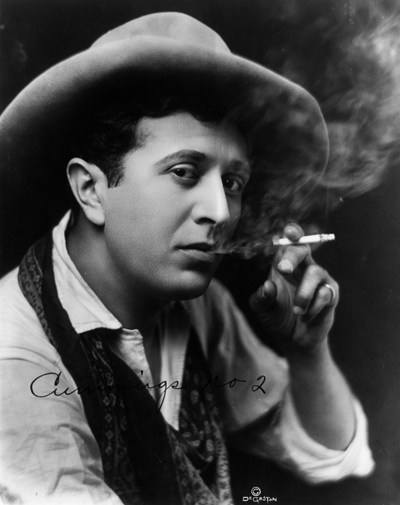

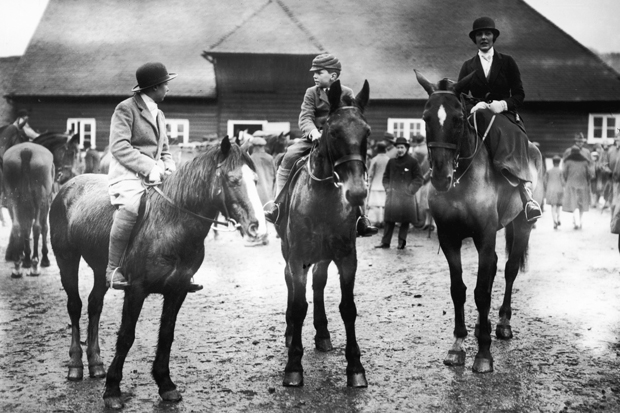






Comments
Don't miss out
Join the conversation with other Spectator Australia readers. Subscribe to leave a comment.
SUBSCRIBEAlready a subscriber? Log in